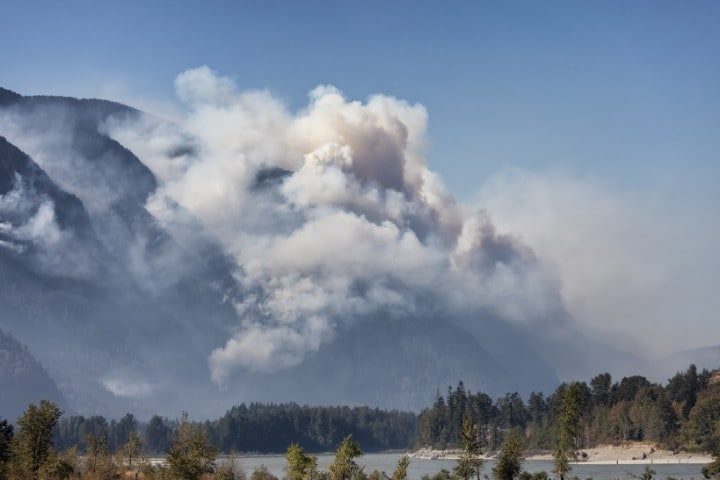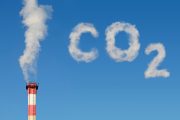
People who are strongly invested in the climate cult appear to love wildfires. They seem to love the immense plumes of smoke and the images of uncontrolled flame licking the tops of trees and threatening suburban areas, because it gives them images to point to and claim that those terrifying pictures and videos are the result of anthropogenic global warming, which has since been rebranded into the catch-all phrase “climate change.”
On Saturday, AP science and climate reporters Seth Borenstein and Melina Walling penned a story intended to stoke the fire (so to speak) and intimated that the wildfires currently burning in Canada are part of a new normal the world can expect to see as a result of mankind’s emissions from fossil fuels.
The writers begin with the spurious assertion that climate change brought on by mankind’s emissions is a settled scientific fact.
“As Earth’s climate continues to change from heat-trapping gases spewed into the air, ever fewer people are out of reach from the billowing and deadly fingers of wildfire smoke,” the writers claim. “Already wildfires are consuming three times more of the United States and Canada each year than in the 1980s and studies predict fire and smoke to worsen.”
Starting with the 1980s to establish climate baselines is an old trick that climate alarmists play. But if you go back further in history, to the 1920s and 1930s, you’ll find that wildfires in the United States were more frequent and burned far more acreage than in recent decades.
But climate alarmists wish to hide such facts so that their narrative can show an increase in fire activity beginning in the 1980s. Recall that in 2021 the Biden administration’s National Interagency Fire Center (NIFC) was caught removing the more historical data, claiming it was “unreliable.”
Borenstein and Walling then trotted out tried-and-true climate hysteric Michael Mann as a scientist willing to give his take on the wildfire situation. Recall that Mann produced the infamous “hockey stick” graph that featured so prominently in Al Gore’s propaganda film An Inconvenient Truth. The same graph also featured prominently in the “Climategate” email scandal. Today, the graph is widely discounted even in climate alarmist circles for its use of proxy data, specifically tree-ring data, combined with actual temperature data.
When asked if this wildfire season represented “a new normal,” Mann sniped, “Is this a new normal? No, it’s a new abnormal. It continues to get worse. If we continue to warm the planet, we don’t settle into some new state. It’s an ever-moving baseline of worse and worse.”
The writers then asked Jennifer Francis of the Woodwell Climate Research Center the same question about whether this fire season represented “a new normal.” Francis is one of the scientists who are trying to tell us that extreme cold in winter is due to global warming. She claims that wildfires shouldn’t even be called wildfires anymore:
We can’t really call them wildfires anymore. To some extent they’re just not, they’re not wild. They’re not natural anymore. We are just making them more likely. We’re making them more intense.
But even the United Nations Intergovernmental Panel on Climate Change (IPCC), the foremost international climate alarmist organization, has hesitated to blame wildfires on climate change. Instead the IPCC focuses on what it refers to as “fire weather.” Fire weather happens each year regardless of climate change — it’s called summer.
Large forest fires such as the ones seen in Canada this year are generally due to forest mismanagement. Modern fire-suppression methods have allowed large fuel loads to build up in heavily forested areas. Dead trees, fallen branches, and other detritus dry out over the years and essentially become kindling, ripe for any ignition source.
“There’s three things that make wildfires possible. It’s the right conditions, fuel load and an ignition source. All that kindling that’s built up, that adds to the fuel load,” H. Sterling Burnett of the Heartland Institute said recently. “In part that’s why wildfires have become so large in recent years.”
So, in an effort to evangelize for the religion of climate change, Borenstein and Walling are using the most effective tool in the climate alarmists’ arsenal — fearmongering. Instead of doing a deep dive into exactly why Canada’s fire season has been so bad this year, they simply blame climate change. It’s cheap disaster reporting and, frankly, intellectually lazy.




